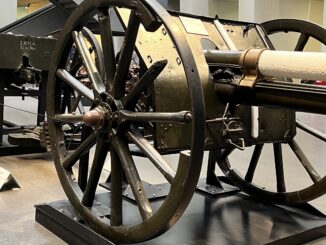
30 Years of Warfare: from the Nery Gun to the V2
Go down into the central atrium of the Imperial War Museum in Lambeth, and one of the first things you see is the ‘Nery Gun’. […]

Go down into the central atrium of the Imperial War Museum in Lambeth, and one of the first things you see is the ‘Nery Gun’. […]
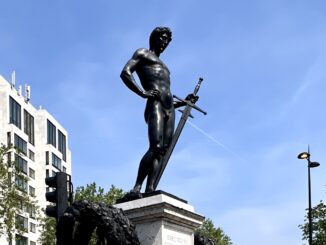
Saul has slain his thousands, but David his tens of thousands The inscription above, which is on the memorial to the Machine Gun Corps at […]
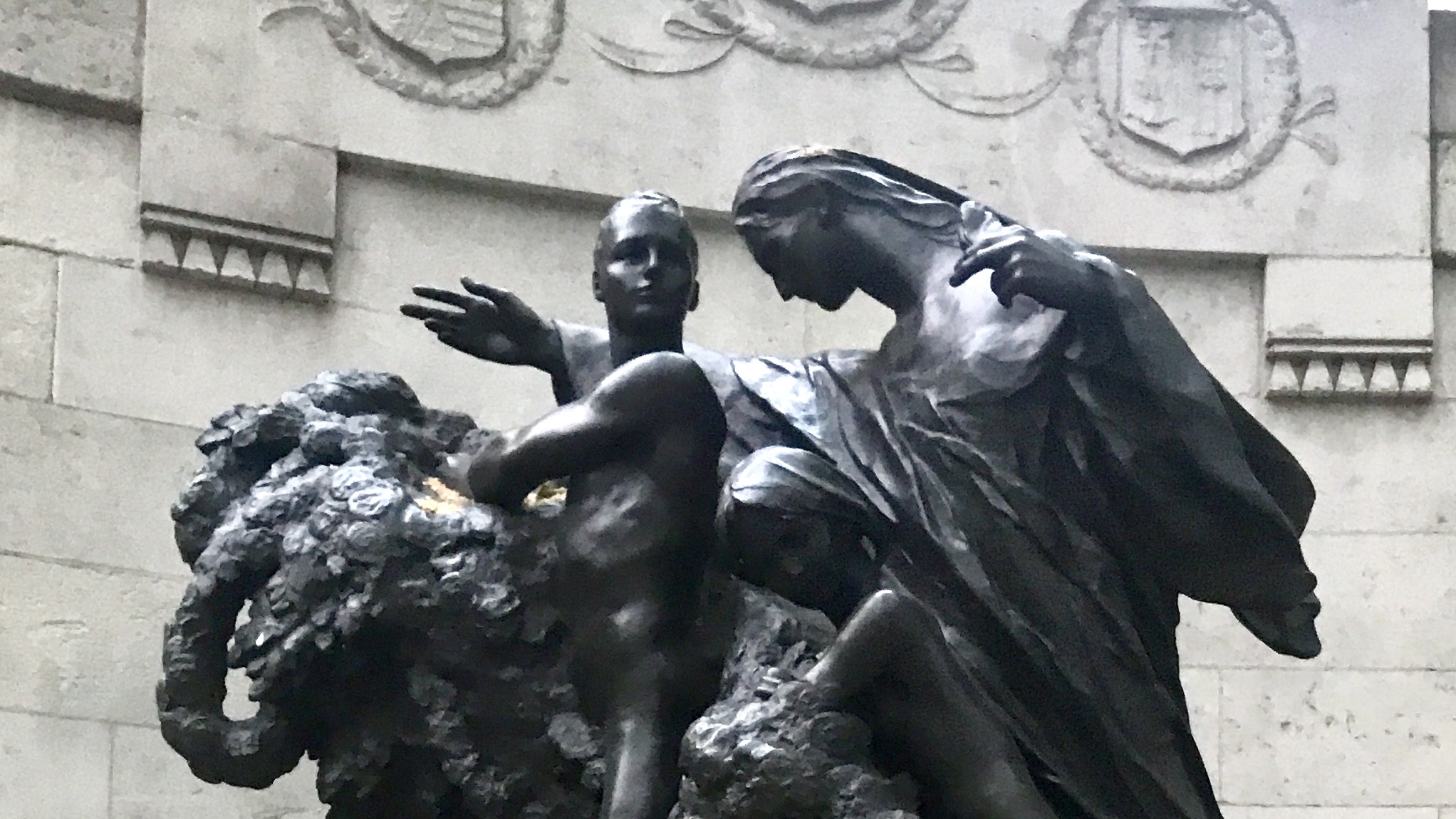
WHAT: The Anglo-Belgian Memorial WHERE: Victoria Embankment (map) BY WHOM: Victor Rousseau (and Reginald Blomfield) WHEN: 1920 The casus belli for the British Empire’s declaration […]
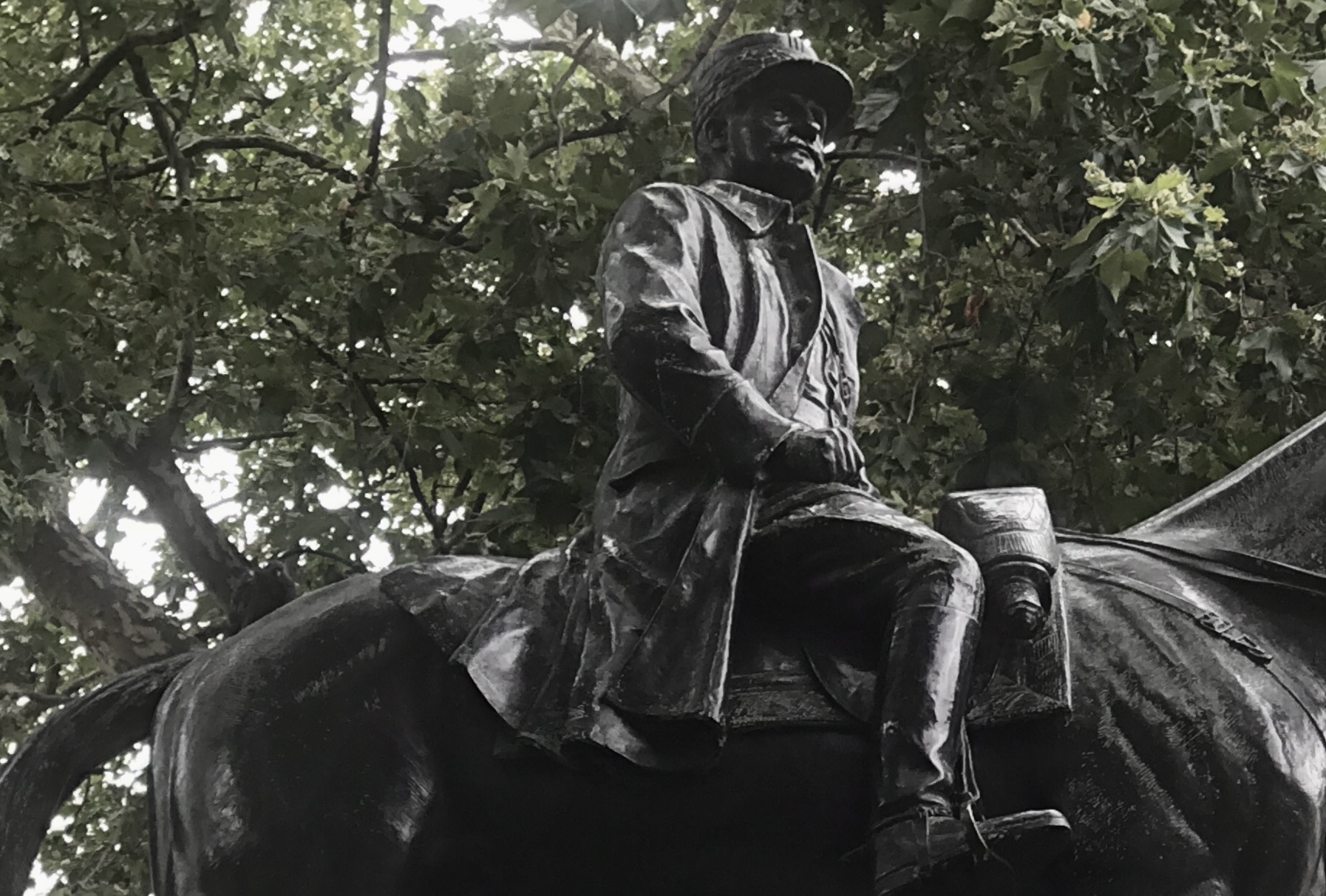
WHAT: Ferdinand Foch WHERE: Lower Grosvenor Gardens (map) BY WHOM: Georges Malissard WHEN: 1930 Within the (slightly grotty) public space of Lower Grosvenor Gardens, facing […]
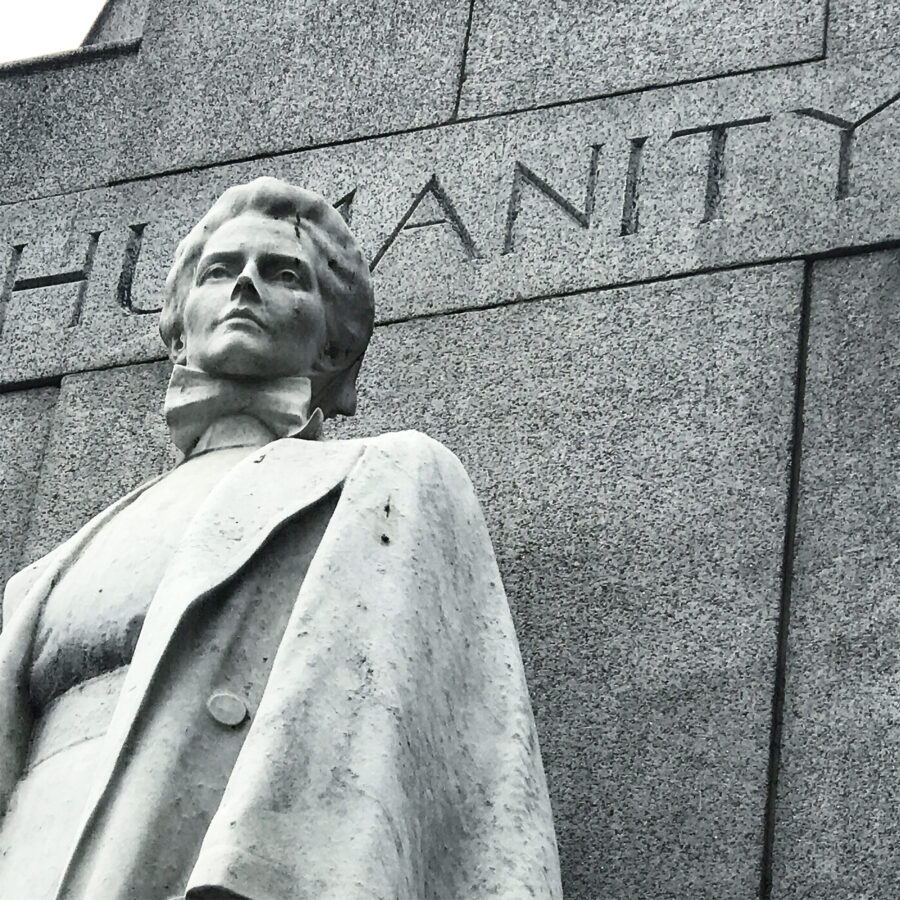
WHAT: Edith Cavell Memorial: WHERE: St Martin’s Place (map) BY WHOM: Sir George Frampton WHEN: 1920
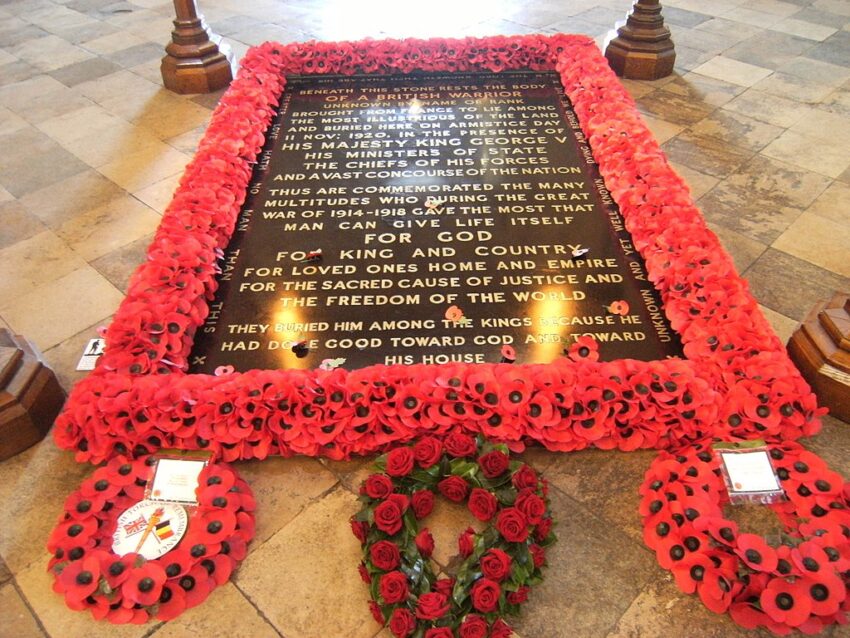
If you should come into the Abbey through the West Door and into the nave, you will walk over the memorial to Sir Winston Churchill, but everyone, whether […]
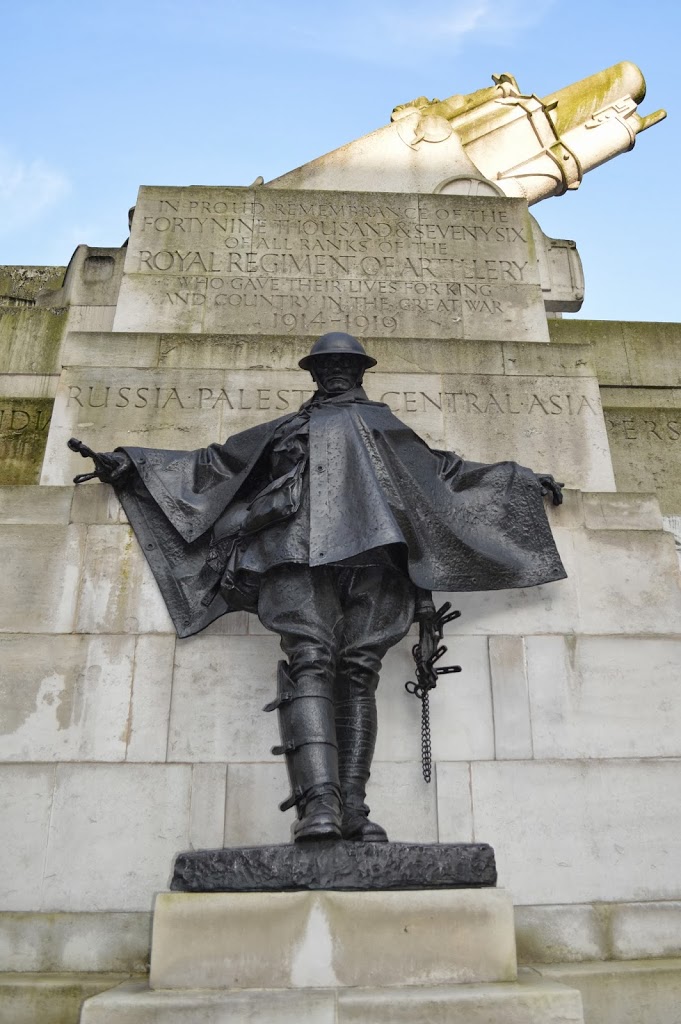
A virtual tour from www.uktoursonline.com where I look at some of the capital’s most significant and most poignant war memorials from the First World War, […]

In Brompton Cemetery stands a wonderful monument to Reginald Warneford, the first man to destroy a Zeppelin in combat, over Belgium on 7 June 1915. He didn’t shoot it down, […]
Copyright © 2024 | WordPress Theme by MH Themes